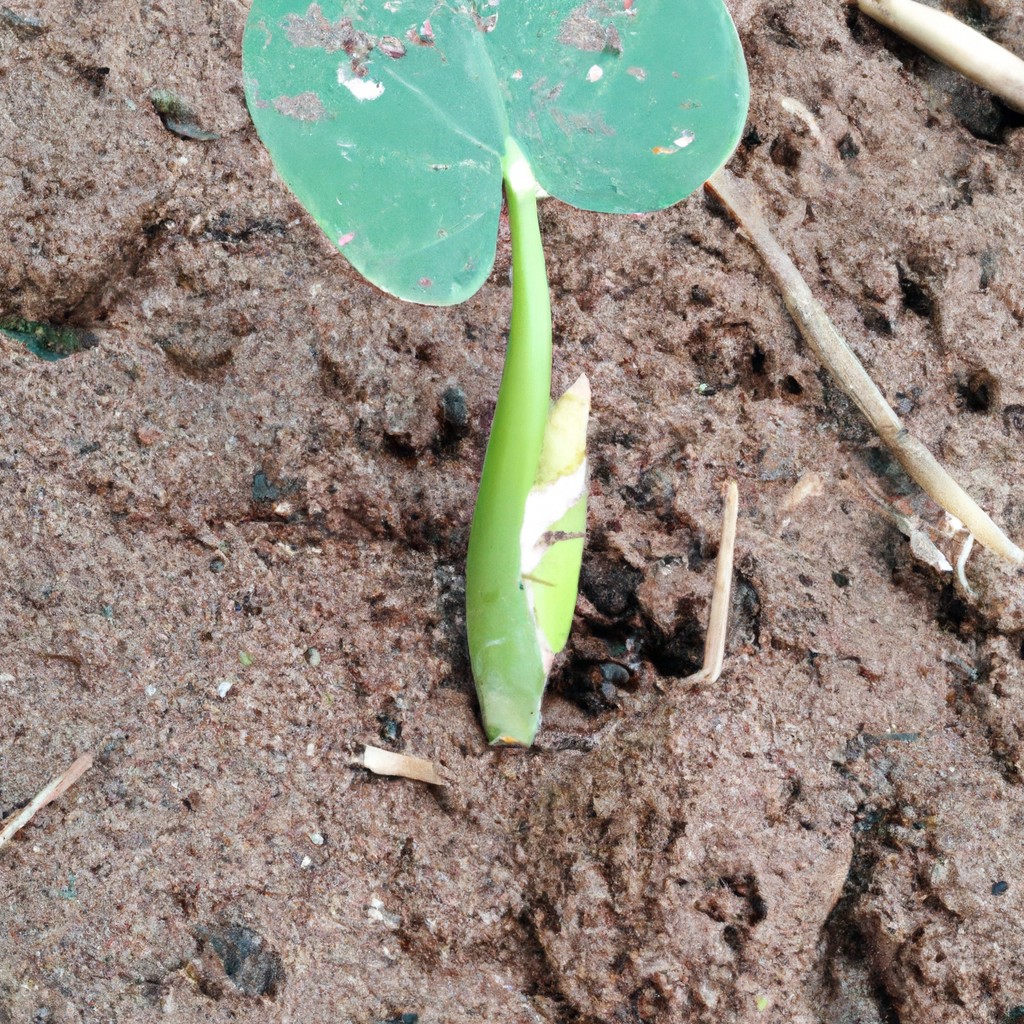This article provides a clear overview of agriculture, food, and natural resources, detailing how these sectors interconnect and the roles they play in sustainability.
Look Inside:
Overview of Agriculture, Food, and Natural Resources

Agriculture, food, and natural resources serve as the backbone of global sustenance and economic stability. These sectors are interconnected, working together to produce, manage, and distribute the essentials for life — from the food we eat to the natural materials we use daily.
At its core, agriculture involves cultivating soil, growing crops, and raising animals for food or other products. Food production takes this raw bounty and turns it into the myriad consumables stocked on store shelves. Natural resources play a dual role, providing both the raw materials for agricultural advancement and the ecosystem services that support life on Earth.
These three pillars, though vital, also present challenges that range from environmental degradation to the need for equitable distribution systems. Addressing these issues is crucial for ensuring a sustainable future. As we delve deeper into agricultural methods and their impacts, keep in mind the delicate balance necessary between nourishing today’s global population and preserving resources for future generations.
Importance of Agricultural Production
Agriculture is a cornerstone of human civilization, providing essential sustenance and raw materials that fuel various industries. Key points to understand include:
– Economic Backbone: In many countries, agriculture is the spine of the economy, providing jobs and livelihoods for a substantial portion of the population.
– Food Security: Efficient agricultural production ensures a stable food supply, which is crucial to prevent hunger and malnutrition worldwide.
– Balancing Ecosystems: Well-managed agricultural systems can preserve biodiversity, maintain soil fertility, and help balance the earth’s ecosystems.
Every bite of food and many products we daily use have roots in agriculture, underscoring its fundamental role in supporting modern life. Handling this sector with care is vital for sustainable development and resource management.
Environmental Impact of Agricultural Practices
Agricultural activities significantly influence our planet. Conventional farming methods, which often hinge on excessive chemical use and resource-intensive practices, can lead to soil degradation, water scarcity, and pollution. These outcomes not only threaten biodiversity but can also worsen climate change by releasing vast amounts of greenhouse gases.
On the lighter side, imagine Earth as a big party where farming practices sometimes spill their drinks, leaving not-so-fun messes for us and wildlife. It’s not just about muddy boots; it’s the air, water, and soil attending the bash that get hit the hardest.
To reduce these impacts, transitioning to practices that consider the health of the full environmental system is essential. This means embracing techniques that sustain, regenerate, and minimize harm, ensuring that the party goes on for future generations.
Sustainable Farming Techniques
Adopting sustainable farming practices is like turning a new leaf—literally. These methods not only cuddle Mother Earth but also promise a bumper crop without draining her resources. Here’s a scoop on some turn-the-earth tactics:
Crop rotation plays a matchmaker in the soil, pairing different crops over seasons to enhance soil health and reduce pests without chemical intervention. Imagine planting tomatoes this year and switching to legumes next year—fresh partners, fresh benefits!
Cover cropping is like throwing a mini-blanket over your soil. It prevents erosion, improves moisture content, and battles weeds naturally. This is farming’s cozy, protective hack.
Agroforestry mingles crops with trees, creating a dynamic duo that shelters wildlife, boosts soil quality, and tops off your income through wood products. It’s like hosting a nature party on your farm.
Permaculture takes cues from natural ecosystems to develop self-sustaining farms. Think of it as setting up a nature mimicry game where every plant and animal on the farm supports the others, cutting out waste and boosting productivity.
Reducing tillage gives the soil a break from being turned upside down. It helps keep the organic structure intact, locking in moisture and carbon, and letting the microorganisms party undisturbed.
Integrated pest management (IPM) uses a cocktail of biological, cultural, and mechanical practices to control pests, reducing the reliance on chemical pesticides. It’s like being a bouncer for bugs, choosing smarter, less invasive ways to keep the unwanted guests out.
These techniques stick their green thumbs up at traditional methods, promising a hearty yield with a lighter environmental footprint. So, why not farm the earth-friendly way?
Technological Innovations in Agriculture
The agricultural sector has harnessed technology to boost efficiency and sustainability. Here are a few key developments:
– Precision farming uses GPS and IoT sensors to monitor crop health, soil quality, and water levels, enabling farmers to apply water, fertilizers, and pesticides more efficiently. This not only saves resources but also improves yield.
– Drones have revolutionized the way farmers survey their land. These flying helpers can quickly analyze large areas to assess crop health, monitor irrigation systems, and even plant seeds. It’s farming from the future, delivered today!
– Vertical farming takes agriculture to new heights—literally. By stacking crops in layers, this method drastically reduces land use and can be implemented in urban settings. Imagine picking your salad greens from a high-rise building!
– Agricultural robots, affectionately dubbed ‘agribots’, are on the rise. They can perform tasks from harvesting to weeding without breaking a sweat (because, well, they can’t sweat). Plus, they don’t complain!
These technologies not only make farming more efficient but also reduce the ecological footprint, helping us grow towards a more sustainable future.




